The Department of Mechanical Engineering at The University of Texas at Austin has been a leader in additive manufacturing research and development since the inception of the technology in the 1980s. As the birthplace of selective laser sintering of polymers and metals, the department assumed an early leadership role in the research field by hosting the annual Solid Freeform Fabrication Symposium, the premier international academic conference on additive manufacturing, which now attracts more than 600 researchers per year. Since the inception of selective laser sintering, faculty in the department have led research efforts that span the additive manufacturing field from materials innovations to process development and control, machine design, and design for additive manufacturing techniques.
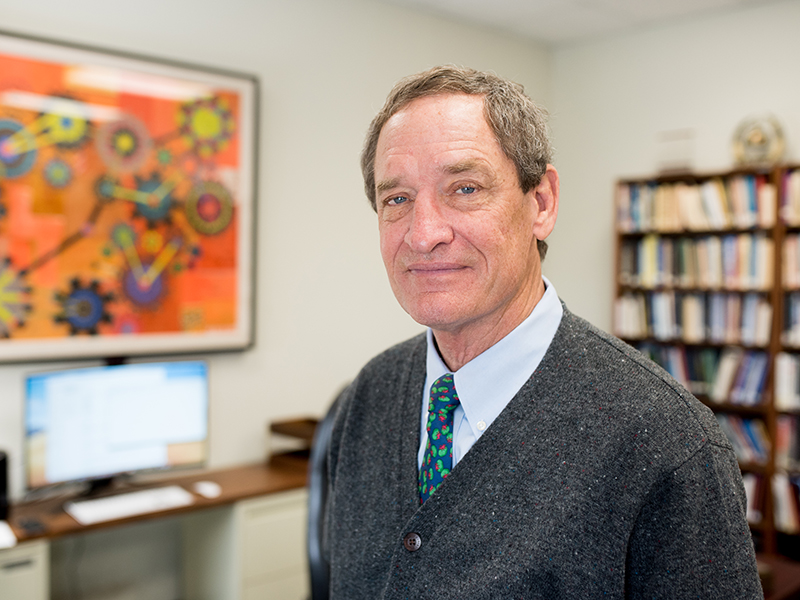
Joseph Beaman
Dr. Joseph Beaman pioneered additive manufacturing in the mid-1980s and has made continued contributions to the field. He was the first academic researcher in the field, and he lead a group of students and colleagues at The University of Texas that developed Selective Laser Sintering (SLS), which is now the most successful SFF process for direct production of high-value, functional parts. Dr. Beaman had the vision and ability to take this revolutionary idea and successfully manage the formation of a company, DTM. While on leave from The University of Texas, Dr. Beaman was in charge of advanced development at DTM through the development of its first commercial SLS machine. DTM was merged with 3D Systems in 2001. Dr. Beaman and his research colleagues at the University developed the fundamental SFF technology that spans machine design, materials, laser scanning techniques, thermal control, metal fabrication, and aerospace and biomedical applications.
Selective Laser Sintering
- Solid Freeform Fabrication and Selective Powder Sintering
- Solid Freeform Fabrication: A New Direction in Manufacturing
- A Rapid Mould-Making System: Material Properties and Design Considerations
- Direct Laser Freeform Fabrication of High Performance Metal Components
- Rapid Manufacturing of Silicon Carbide Composites
- A High Temperature Polymer Selective Laser Sintering Testbed for Controls Research
- In-situ Thermal Image Correlation with Mechanical Properties of Nylon-12 in SLS
- In-situ Process Monitoring in Selective Laser Sintering Using Optical Coherence Tomography
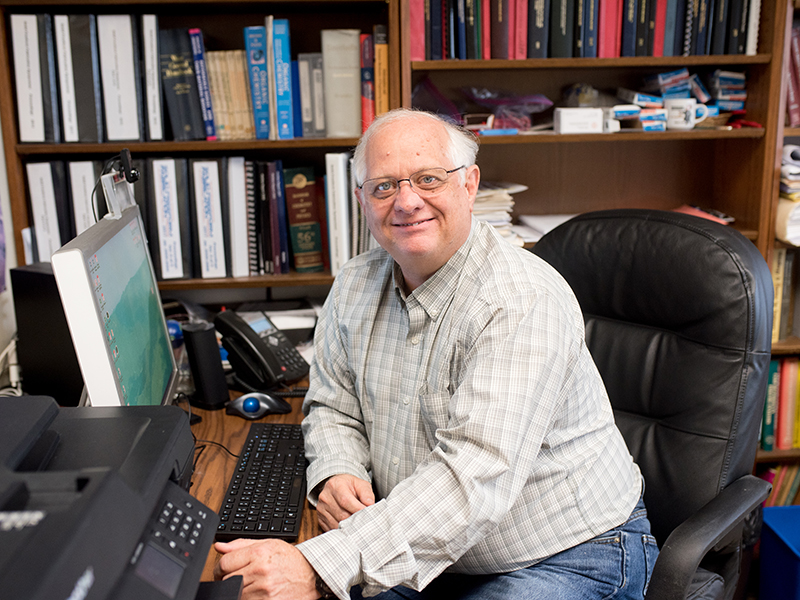
David Bourell
Dr. David Bourell's expertise is in materials for additive manufacturing. He has worked with metals, ceramics, and polymers. Recent research has focused on expanding the materials palette for metallic powder bed fusion and improving the reliability of laser-sintered polyamide. He was the first person to use a modern additive manufacturing machine to directly process metals. He was the lead author on the first materials-related patent for additive manufacturing, which has been cited by more than 220 other patents.
Materials for Additive Manufacturing
- Selective Laser Sintering of Binary Metallic Powder
- U.S. Patent: Multiple Material Systems for Selective Beam Sintering
- Direct Selective Laser Sintering of Metals
- Materials for Additive Manufacturing
- Shaping of Engineering Ceramics by Electro, Chemical and Physical Processes
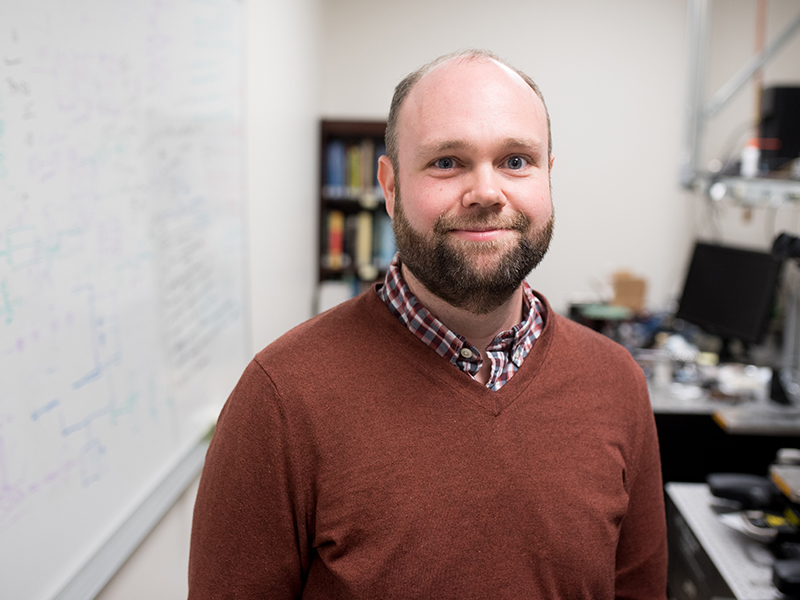
Michael Cullinan
Dr. Michael Cullinan's research focuses on the development of equipment and processes for micro and nanomanufacturing applications. As part of this work, the Nanoscale Design and Manufacturing Laboratory (NDML) at The University of Texas at Austin has developed a new Microscale Selective Laser Sintering (µ-SLS) process that is capable of producing 3D metal parts with a feature size revolutions of 1 um and throughputs competitive with traditional, microscale additive manufacturing processes. The NDML also works to develop computational modeling tools that look at how light interacts with the nanoparticles in the µ-SLS system to cause the particles to heat up and fuse together to form µ-SLS parts. After the parts are fabricated, the NDML has also developed a set of complementary mechanical testing tools to determine how the processing conditions in micro and nano additive manufacturing systems affect the final mechanical quality of the parts produced.
Microscale Selective Laser Sintering
Mechanical Testing of Micro and Nano AM Parts
Computational Modeling of Micro-AM Processes
Scott Fish
Dr. Scott Fish's research with Dr. Beaman incorporates advanced control methods and novel process developments in additive manufacturing to expand 3D manufacturing with predictive and certifiable products. Their lab includes unique purpose-built equipment for performing laser-based fusion with a variety of nano- and microscale powder materials including high-temperature polymers and ceramics. State-of-the-art thermal and optical measurements in this laboratory are used to develop real-time and feed forward control methods with an eye toward formal documentations of parts as built.
LAMPS
- A High Temperature Polymer Selective Laser Sintering Testbed for Controls Research
- In-Situ Thermal Image Correlation with Mechanical Properties of Nylon-12 in SLS
OCT in Selective Laser Sintering Nylon 12
- In-Situ Process Monitoring in Selective Laser Sintering Using Optical Coherence Tomography
- Understanding and Improving Optical Coherence Tomography Imaging Depth in Selective Laser Sintering Nylon 12 Parts and Powder
- Investigation of Optical Coherence Tomography Imaging in Nylon 12 Powder
- Initial Investigation of Selective Laser Sintering Laser Power vs. Part Porosity Using In-Situ Optical Coherence Tomography
- In-Situ Process Monitoring and Ex-Situ Part Quality Assessment of Selective Laser Sintering Using Optical Coherence Tomography
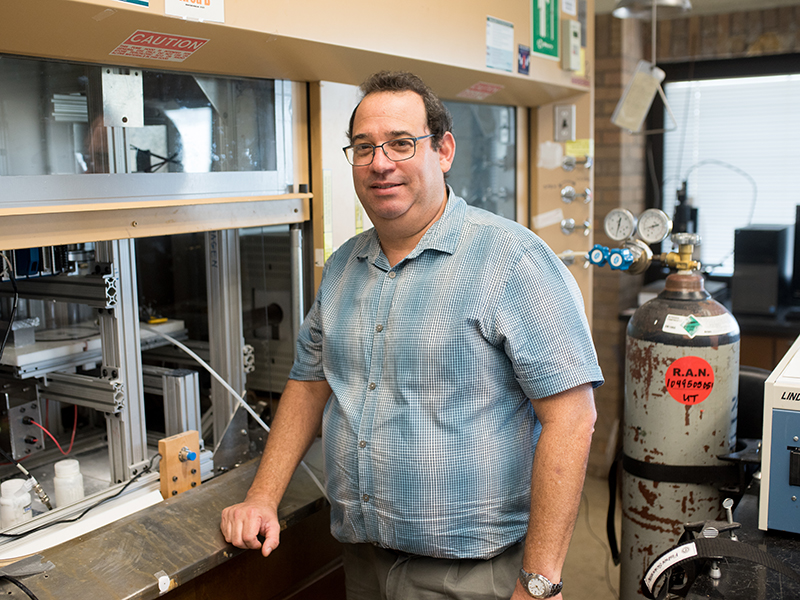
Desiderio Kovar
Dr. Desiderio Kovar's research interests straddle the interface between between materials science and engineering and additive manufacturing. He and his collaborators are currently studying aerosol processes that utilize high-velocity (1000 m/sec) impaction of solid particles to directly write patterned thick films. This process is capable of producing high-density metallic and ceramic films on polymer, metal, or ceramic substrates. With feature sizes of 10-100 µm, the goal is to directly write conformal, microscale devices. his group is collaborating with Dr. Beaman on processes aimed at additively manufacturing bulk ceramic parts with dimensions of tens of cm. The goal of flash sintering, which was co-invented by his group at The University of Texas at Austin, is to utilize a large electric field to significantly enhance the sintering kinetics of ceramics so that they can be 3D printed. Indirect selective laser sintering utilizes a polymer binder as a fugitive phase to enable 3D printing of ceramic/polymer blends. The polymer is removed via pyrolysis before sintering the ceramic. We are studying the modeling of direct metal deposition to enable better control of additive manufacturing of bulk metallic parts.
Direct Writing of Thick Films from Aerosols
Additive Manufacturing of Ceramics by Laser Flash Sintering
Indirect Selective Laser Sintering of Ceramics
Additive Manufacturing Using Direct Metal Deposition
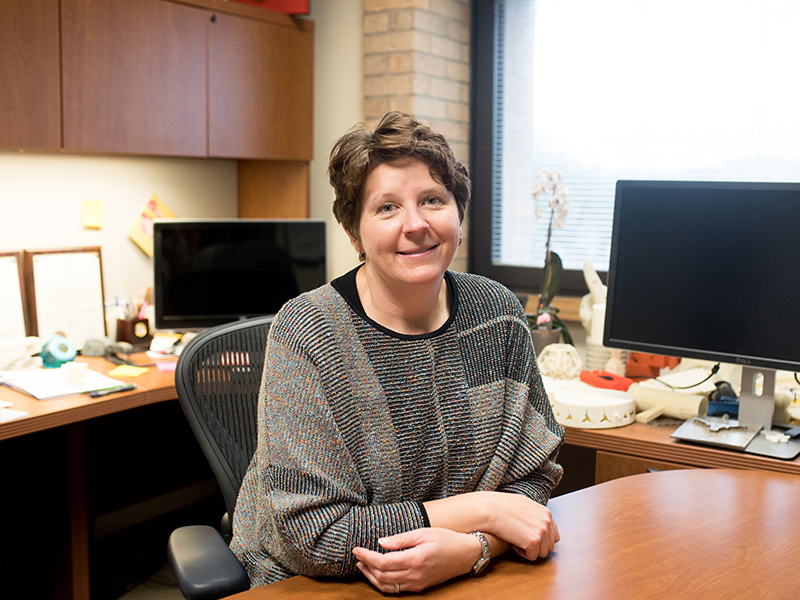
Carolyn Conner Seepersad
Dr. Carolyn Conner Seepersad’s research focuses on the nexus between additive manufacturing and engineering design. She and her collaborators have designed, fabricated, and tested energy-absorbing honeycombs and metamaterials. Complimentary work focuses on computational design frameworks for multilevel metamaterials design and design for AM, as well as the development of statistical design guidelines for use in these design efforts. Her research group also designed, built, and operated the Innovation Station, one of the first 3D printing vending machines.
Energy Absorbing Honeycombs and Metamaterials
- Impact Behavior of Negative Stiffness Honeycomb Materials
- New Honeycomb-Inspired Design Delivers Superior Protection from Impact
Computational Design Frameworks for AM Metamaterials
Design Guidelines for AM
- Design for AM Knowledge Base
- A Test Part for Evaluating the Accuracy and Resolution of a Polymer Powder Bed Fusion Process
Innovation Station - A 3D Printing Vending Machine






